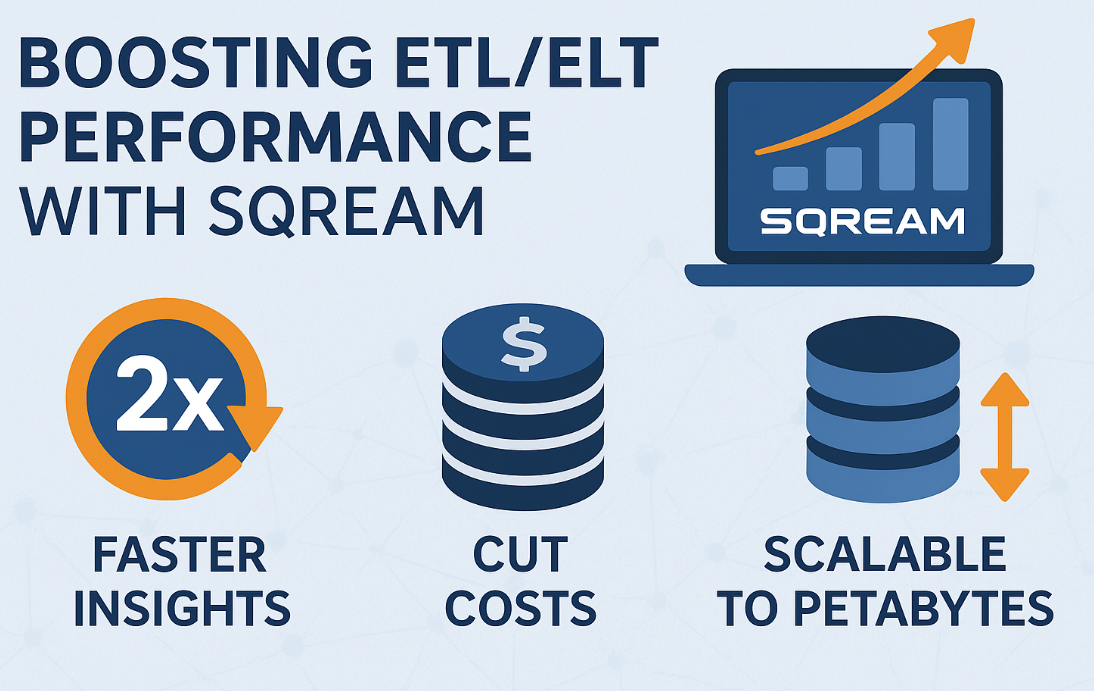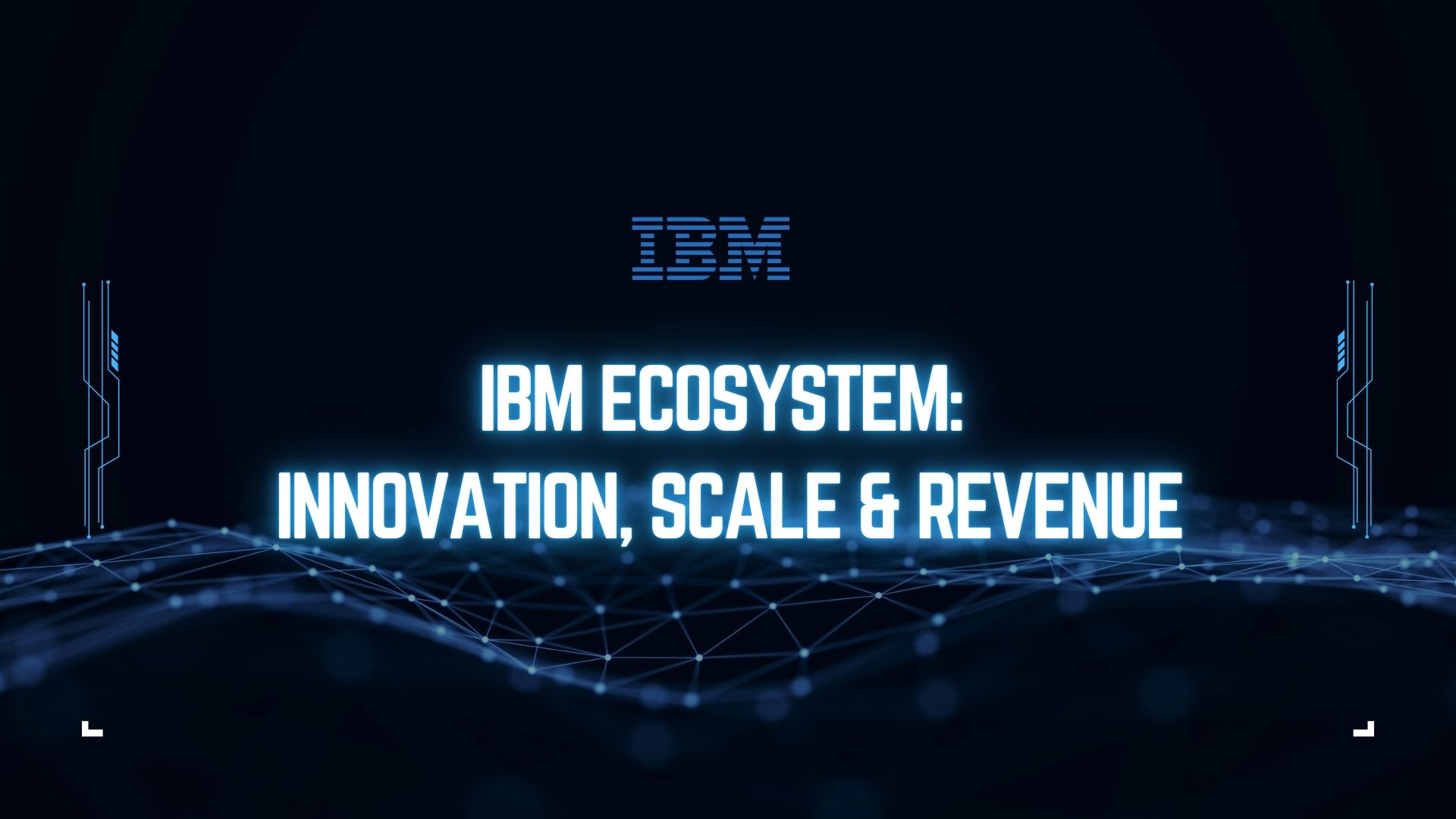The airline industry is a complex and dynamic sector that faces numerous operational challenges. One of the most intricate tasks within this industry is tail assignment, which involves assigning flights to specific aircraft while adhering to a set of operational constraints. This process requires building a detailed plan for each aircraft, outlining the sequence of flights it will perform. The complexity of this task arises from the need to balance multiple factors such as maintenance schedules, crew availability, and regulatory requirements. In this blog, we will explore how CPLEX and mathematical optimization, also known as mathematical programming, decision optimization, or decision intelligence, can address these challenges. We will delve into both the technical and business aspects of applying these advanced tools in the airline industry and discuss the potential return on investment (ROI) and benefits they can bring. Additionally, we will highlight how Cresco International, as an IBM trusted partner, can help businesses develop customized decision optimization solutions to tackle these challenges.
Challenges in Tail Assignment
The airline industry struggles with several challenges in tail assignment. One of the primary issues is the need to optimize the utilization of aircraft while ensuring compliance with maintenance schedules and regulatory requirements. Aircraft must undergo regular maintenance checks, and any deviation from the schedule can lead to costly delays and potential safety risks. Additionally, airlines must consider crew availability and ensure that flight assignments comply with labor regulations and rest requirements. Another significant challenge is managing disruptions caused by unforeseen events such as weather conditions, technical issues, or crew unavailability. These disruptions can lead to cascading delays and require rapid re-optimization of the tail assignment plan to minimize their impact on the overall schedule.
Technical Aspects of Using CPLEX and Mathematical Optimization
CPLEX, a powerful optimization solver developed by IBM, is widely used in the airline industry to address the complexities of tail assignment. Mathematical optimization involves formulating the tail assignment problem as a mathematical model, which includes variables representing the flights, aircraft, and various constraints. The objective is to minimize or maximize a specific goal, such as minimizing operational costs or maximizing aircraft utilization. CPLEX uses advanced algorithms, such as the simplex method and branch-and-bound, to solve these optimization problems efficiently. By incorporating various constraints, such as maintenance schedules, crew availability, and regulatory requirements, CPLEX can generate optimal or near-optimal solutions that meet the airline’s operational needs. The use of CPLEX allows airlines to handle large-scale optimization problems and make informed decisions based on accurate and timely data.
The process begins with data collection, where information about flights, aircraft, maintenance schedules, crew availability, and other relevant factors is gathered. This data is then used to build a mathematical model that represents the tail assignment problem. The model includes decision variables that represent the assignment of flights to aircraft and constraints that ensure compliance with operational requirements. For example, constraints may include ensuring that each aircraft is assigned to a sequence of flights that respects maintenance schedules and crew rest requirements. The objective function, which represents the goal of the optimization, is then defined. This could be minimizing operational costs, maximizing aircraft utilization, or achieving a balance between multiple objectives.
Once the model is built, CPLEX uses advanced optimization algorithms to find the best possible solution. The simplex method, for example, is an iterative algorithm that moves from one feasible solution to another, improving the objective function at each step until the optimal solution is found. The branch-and-bound method, on the other hand, is used for solving integer programming problems, where decision variables are restricted to integer values. This method involves dividing the problem into smaller subproblems, solving them individually, and combining the solutions to find the optimal solution for the original problem.
Business Aspects of Applying CPLEX and Mathematical Optimization
From a business perspective, applying CPLEX and mathematical optimization to tail assignment offers several advantages. One of the key benefits is improved operational efficiency. By optimizing the assignment of flights to aircraft, airlines can reduce the number of empty legs and minimize fuel consumption, leading to significant cost savings. Additionally, optimized tail assignment can enhance on-time performance, improving customer satisfaction and reducing compensation costs associated with delays. Another important aspect is the ability to respond quickly to disruptions. With CPLEX, airlines can rapidly re-optimize their tail assignment plans in response to unforeseen events, minimizing the impact on the overall schedule and maintaining operational continuity. Furthermore, the use of mathematical optimization can provide valuable insights into the trade-offs between different operational objectives, enabling airlines to make data-driven decisions that align with their strategic goals.
The implementation of CPLEX and mathematical optimization also supports strategic planning and long-term decision-making. By analyzing historical data and simulating various scenarios, airlines can identify patterns and trends that influence their operations. This information can be used to develop strategies that enhance operational resilience and competitiveness. For example, airlines can use optimization models to evaluate the impact of fleet expansion or changes in maintenance policies on their overall performance. This proactive approach enables airlines to anticipate challenges and make informed decisions that drive sustainable growth.
Potential ROI and Benefits
The potential return on investment (ROI) and benefits of using CPLEX and mathematical optimization in tail assignment are substantial. By improving operational efficiency and reducing fuel consumption, airlines can achieve significant cost savings. Optimized tail assignment can also lead to better utilization of aircraft, reducing the need for additional fleet investments. Enhanced on-time performance and customer satisfaction can result in increased revenue and brand loyalty. Additionally, the ability to respond quickly to disruptions can minimize the financial impact of delays and cancellations. Overall, the use of CPLEX and mathematical optimization can provide airlines with a competitive edge by enabling them to operate more efficiently and effectively in a highly dynamic and competitive industry.
The financial benefits of using CPLEX and mathematical optimization extend beyond direct cost savings. By optimizing tail assignment, airlines can reduce the environmental impact of their operations. Lower fuel consumption translates to reduced greenhouse gas emissions, contributing to sustainability goals and enhancing the airline’s reputation as an environmentally responsible organization. Furthermore, the insights gained from optimization models can support continuous improvement initiatives, driving innovation and operational excellence.
Need CPLEX Training? Enroll for
Cresco International: Your Partner in Decision Optimization
Cresco International, as an IBM trusted partner and a consulting firm specializing in decision optimization and CPLEX, can help businesses in the airline industry tackle the challenges of tail assignment. With extensive expertise in mathematical optimization and a deep understanding of the airline industry’s unique requirements, Cresco International can develop customized decision optimization solutions tailored to each airline’s specific needs. By leveraging CPLEX and advanced optimization techniques, Cresco International can help airlines optimize their tail assignment processes, improve operational efficiency, and achieve their strategic objectives. Cresco International’s team of experts works closely with clients to understand their challenges, design effective optimization models, and implement solutions that deliver tangible results. Whether it’s optimizing maintenance schedules, managing crew availability, or responding to disruptions, Cresco International provides comprehensive support and guidance throughout the entire optimization journey. By partnering with Cresco International, airlines can unlock the full potential of CPLEX and mathematical optimization, driving operational excellence and achieving sustainable growth.
Cresco International’s approach to decision optimization is holistic and client-centric. The consulting process begins with a thorough assessment of the airline’s current operations and challenges. This involves analyzing data, conducting interviews with key stakeholders, and identifying areas where optimization can deliver the most significant impact. Based on this assessment, Cresco International develops a customized optimization model that addresses the specific needs and objectives of the airline. The model is then tested and refined through iterative simulations, ensuring that it delivers robust and reliable solutions.
Once the optimization model is finalized, Cresco International supports the implementation process, providing training and guidance to the airline’s staff. This ensures that the airline can effectively use the optimization model and integrate it into their daily operations. Cresco International also offers ongoing support and maintenance, helping airlines adapt to changing conditions and continuously improve their optimization processes. By leveraging Cresco International’s expertise and experience, airlines can achieve sustainable improvements in their tail assignment processes and overall operational performance.
Want to Buy CPLEX? Visit
Conclusion
In conclusion, the challenges of tail assignment in the airline industry can be effectively addressed using CPLEX and mathematical optimization. By leveraging these advanced tools, airlines can optimize the assignment of flights to aircraft, improve operational efficiency, and enhance on-time performance. The potential ROI and benefits of using CPLEX and mathematical optimization are significant, offering cost savings, better utilization of resources, and improved customer satisfaction. Cresco International, as an IBM trusted partner, provides the expertise and support needed to develop customized decision optimization solutions that meet the unique needs of each airline. By partnering with Cresco International, airlines can navigate the complexities of tail assignment and achieve their strategic goals in a highly competitive industry.











